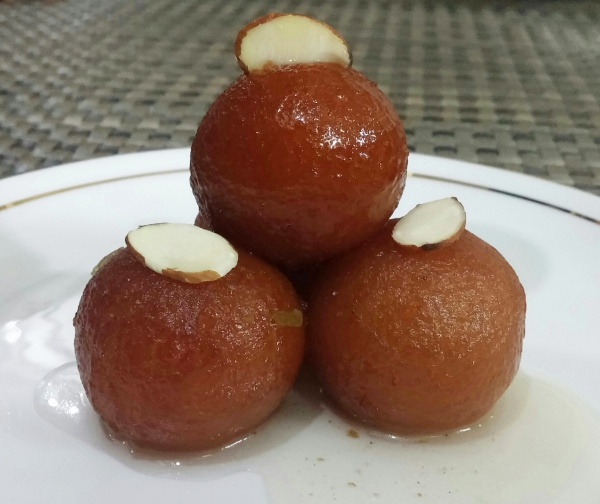Facts About Gulab jamun
Gulab Jamun is a cherished sweet treat originating from the Indian subcontinent, captivating the hearts and palates of people in India, Nepal, Pakistan, Bangladesh, and beyond. Traditionally made from khoya, a milk solid, contemporary recipes frequently employ dried or powdered milk for added convenience.
Here’s how it’s crafted: the mixture is shaped into small balls, deep-fried to a golden brown, and then immersed in a sugary syrup infused with delightful flavors such as cardamom and rose water. To enhance its appeal, it is often garnished with nuts like almonds and cashews, adding a pleasant crunch.
The origins of Gulab Jamun remain somewhat enigmatic. Some suggest it has Central Asian roots, while others believe it was serendipitously created by a chef in a Mughal emperor’s kitchen. The name itself is derived from Persian words meaning “rose water” and “water,” while "jamun" refers to a fruit that bears a striking resemblance to the sweet treat.
Gulab Jamun is a star attraction at festivals, celebrations, and special occasions. There are numerous tantalizing variations available. In Bengal, you may encounter Pantua, while Kala Jam features caramelized sugar for a richer flavor. Some inventive versions even incorporate maple syrup. In Rajasthan, a unique twist involves cooking it in a nut and tomato gravy.
In Bangladesh, Pantua is popular along with other variants like Golap Jam and Kalo Jam. Regardless of where you find it, Gulab Jamun is more than just a dessert—it’s a cultural icon enjoyed by many during festive times.

 Afghanistan
Afghanistan